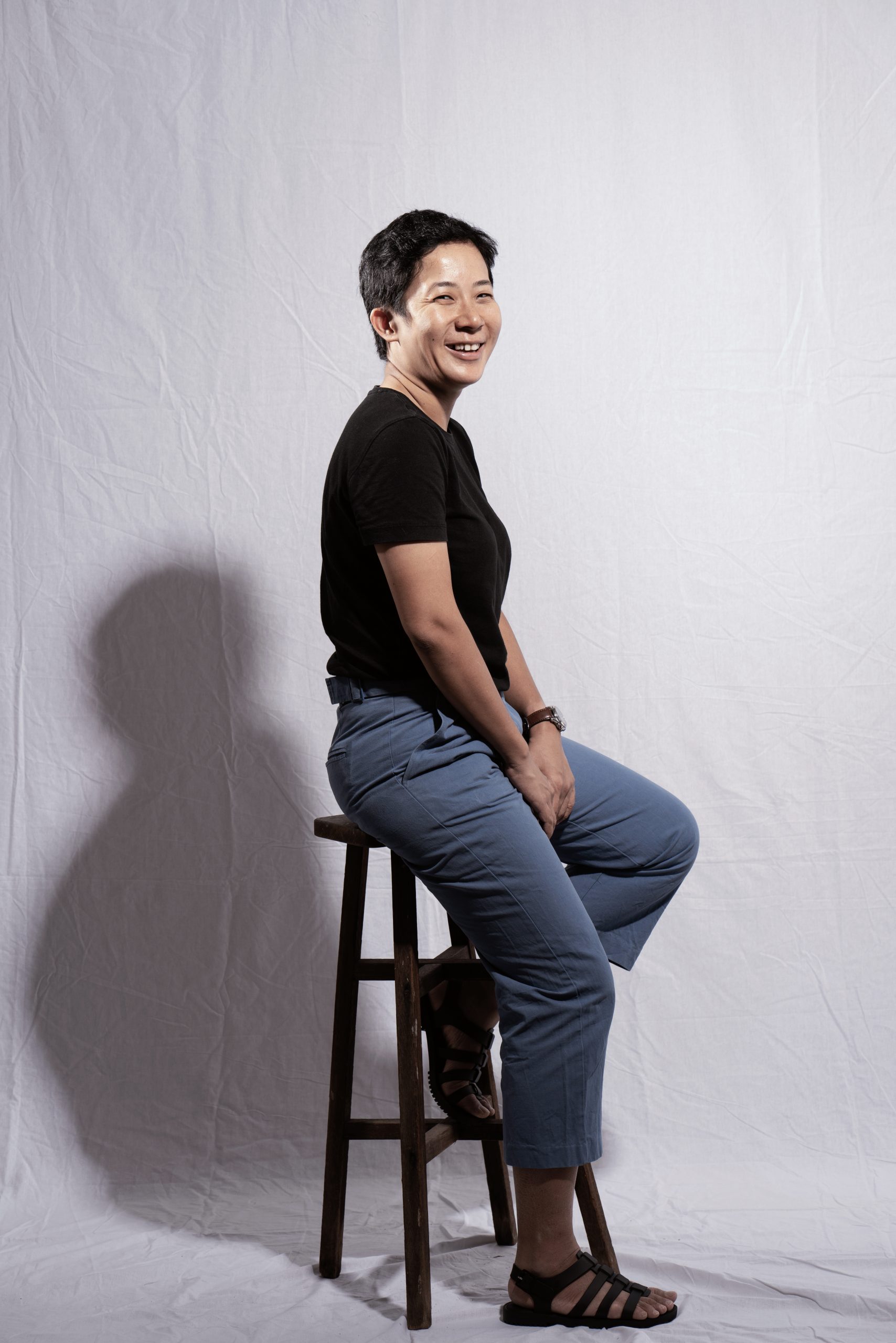Re: Notes from the Artistic Director
by Qinyi Lim

Dear Ibu Dolo, Farah, Grace and Sally,
It gives me great honour to be in the company of all of you. Some of you whom I have worked or met in passing over the last few years but always in good spirits and understanding. This invitation to collaborate, to curate and to be with you, comes at a particularly interesting and difficult moment for me, for us, and for the greater public.
I am speaking from afar – in Singapore, a country that deems western liberal values as incompatible and chooses a system of Confucian-esque Asian values while embracing capitalism, 1 hour 45 minutes flight away, 1 hour time difference. This is the immovable distance that I am from you today.
Ibu Dolo spoke of Esok as “what is to come” rather than tomorrow, something to be acted upon urgently; and as a call for radical societal and environmental change conditioned by a commitment to activism. All of this had me thinking of the instrument we have here the Jakarta Biennale and the biennale as a post-1989 entity. Charles Esche highlighted that this entity had the characteristics of “a symbolic recognition of the art of the geopolitical periphery; with emphasis on debate and a strong discursive or pedagogical dimension, along with a demographically based cultural self-definition in terms of ‘the political and social mix of the cities that host them.” I dwell here on the question of pedagogies and self-definitions – both that lead to questions of knowledge production, publication, circulation and consumption. Or rather, to whom we speak, from where we speak and the tonalities we speak in.
Over the last few humid Covid months, I have had the opportunity to come across two essays written 17 years apart by one author, Chandra Talpade Mohanty – Under Western Eyes: Feminist Scholarship and Colonial Discourses (1986) and “Under Western Eyes” Revisited: Feminist Solidarity through Anticapitalist Struggles (2003). Interestingly enough, the first essay is a critique on western feminist scholarship as a key instrument in creating the monolithic “average Third World woman” who is defined as a category of analysis through their “sameness” of oppression. This essay tried to propose solidarity rather than sisterhood that would allow the complexities and struggles to reframe the oft-perpetuated argument of the coloniser and the colonised, developed and the underdeveloped. The latter essay expands on the argument while taking into account the rise of globalised capitalism during the period of time and the naturalisation of these values.
Both came handy as I reflected on Ibu Dolo’s invitation for an intergenerational conversation for radical social action and togetherness for a better society. I have always been curious about constructed hegemonies built on epistemic definitions, knowledges, values of capital and cultural production. For me and especially being under such circumstances of limited mobility, the consideration of solidarity should be built as highlighted by Mohanty and Jodi Dean – not of binaries and polarisations but out of the tension built on particularities and differences, with inclusivity at its core. It is only in this spirit can we start to envision and build a togetherness that is not of erasure or framed by the language of colonial oppression but of uneven plurality. Hence, truly reflective of the lived realities we as individuals are in at this time.
Given that human rights and social activism should be in the forefront of Esok, I believe that the positionality of each of us curators will come into the forefront through our work and in mine, I am interested in expanding on the singular definition of human rights as espoused by the governing structures and ideologies that condition our everyday – especially during this pandemic. I believe that the singular definition lends itself to creating an instrument of hegemony and erasure which is made even more potent in a time where access to the outdoors are limited in certain countries and our visual horizons framed by our windows.
As I write this, it will be more than a year since I visited Ibu Dolo’s veranda where we spoke of Esok, and more than a year since I left this island. While this distance between me to you is truly intractable, I truly hope, in which we speak of Esok – that we will meet in person on that veranda again, not today but in the tomorrows to come.
Qinyi
Singapore
4 March 2021
